Neolithic settlement with a long house unearthed
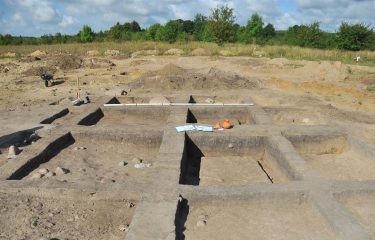
Remains of a Neolithic farm with a long house dating back to Early Neolithic have been unearthed by archaeologists in Stobno, North-west Poland. The site is believed to date to 4600 BC.

Remains of a Neolithic farm with a long house dating back to Early Neolithic have been unearthed by archaeologists in Stobno, North-west Poland. The site is believed to date to 4600 BC.
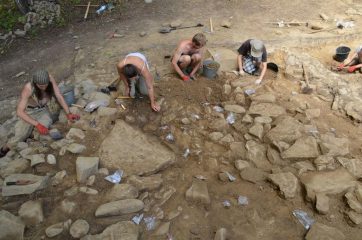
Researchers have unearthed the gate leading to the fortified settlement at Zyndram’s Hill in Maszkowice. The site, dating back to the 2nd millennium BC is considered the oldest site with monumental stone fortifications in the area of Poland, discovered so far.
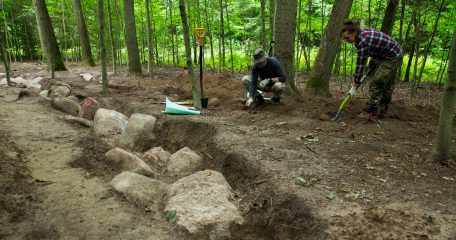
Archaeologist unearthed a megalithic Neolithic tomb built 6000 years ago in Dolice, North-western Poland. Researchers state that the structure is in better shape than initially expected.
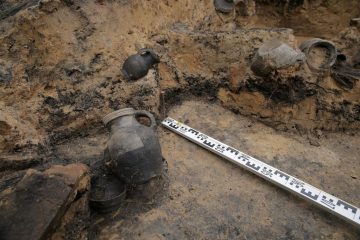
Archaeologists excavating at the site of recently discovered Medieval settlement of Barczewko, also known as Alt Wartenburg, North Poland, discovered well preserved remains of basements, pottery vessels, and even a seal from textile imports all the way from Flanders.
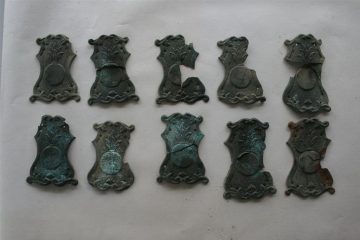
Archaeologist discovered more military artefacts linked with the Battle of Kunersdorf of 1759 at the site in Kunowice, West Poland.

Excavations at the caves in Poland’s Kraków-Częstochowa Upland, revealed artefacts including spurs and pottery fragments from 13th and 14th centuries. The cave is surrounded by the legend of Polish king Władysław the Short (1261-1333 AD) hiding in the caves of Ojców National Park.
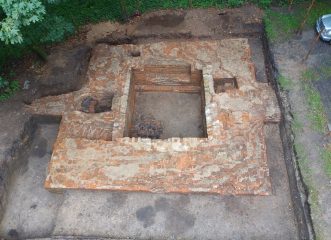
Archaeologists finished the ninth season of excavations of the Teutonic Order’s castle in Człuchów, North Poland, revealing remains of a rectangular tower which contained many surprises.

Archaeologists managed to locate the lost village of Goschwitz, near Strzelin, South-West Poland, with use of freely available airborne LiDAR data. The Medieval village dates back to the 13th century and existed only for a couple decades.
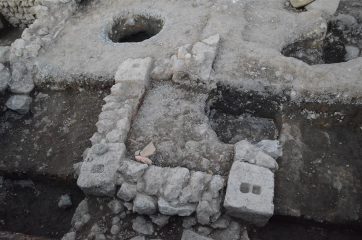
An international team of Polish and Georgian archaeologist working in the Roman military fort in Apsarsos, near Gonio, Georgia, uncovered a house with an inner courtyard with private baths and latrines, that is believed to belong to the garrison commander.

Excavations at the square located in front of the Castle of the Sułkowski princes, Bielsko-Biała, South Poland, revealed among other finds remains of 15th-century fortification walls and 19th-century buildings.
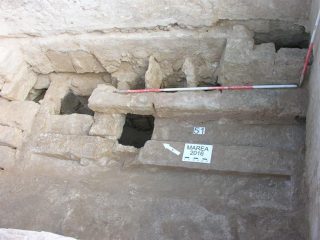
Archaeologists excavating the remains of Marea, an ancient harbour town located near Alexandria, North Egypt, have uncovered remains of stone latrines, and jewellery within the ruins of a 1500-years-old basilica.
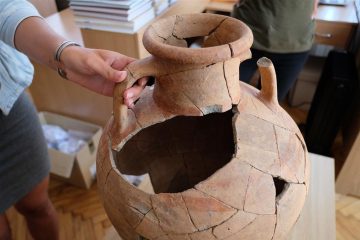
The first ever Greek amphora discovered in the country was unearthed by archaeologists excavating the ringfort at Chotyniec, South-eastern Poland. The 2500-years-old site is believed to be the farthest West settlement connected with the Scythian people and the sphere of cultural influence of their nomadic civilisation.

Archaeologists discovered megalithic structures, barrows and unusual stone structures dating back 5000 years in the Berget el-Sheb are of Western Desert in Egypt.
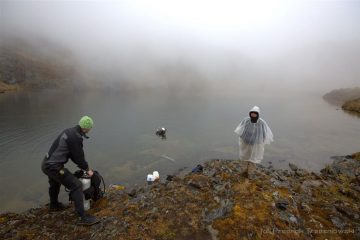
Polish archaeologist search for traces of Inca presence in the Machu Picchu area in Peru, diving into lakes located above 4100 metres within the Andes.
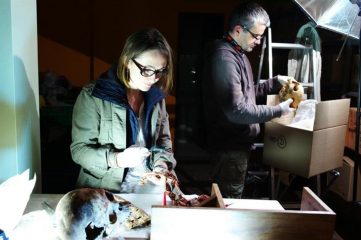
Archaeologists conducted chemical analysis on 1200-years-old remains of females from a tomb dating to the the pre-Incan Wari empire, revealing they could have been local to the area.
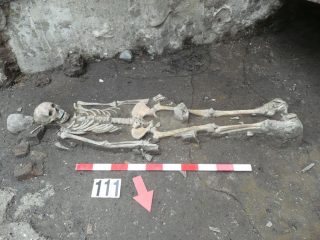
Archaeologists discovered remains of possible Plague victims from 18th century at a Medieval cemetery in the Śródka district of Poznań, Western Poland.
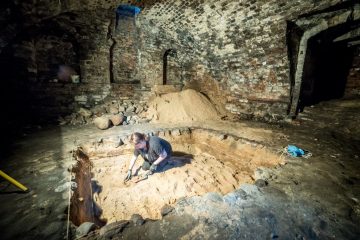
Archaeologists excavating the site of a Medieval hospital by the New Town Square in Toruń, northern Poland, reveal information about the period in which the establishment functioned.

Archaeologists uncovered remains of a mud-brick building foundations at Tell el-Rataba, Egypt, suggesting that they may have supported a multi-storey structure, measuring even up to 15 metres.
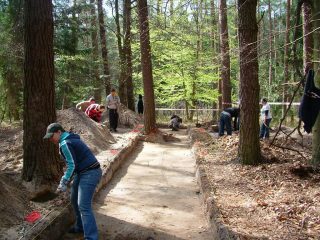
Archaeologists found remains of pillar structures, dating back 1400 years, during excavation at Ulów, East Poland.
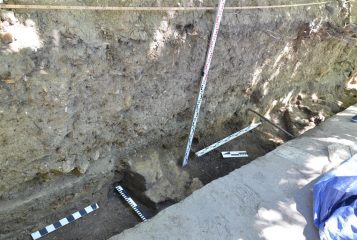
Archaeologists discovered remains of a castle, dating back to 16-18th centuries, while conducting drainage works at a World War 2 bunker in Wodzisław Śląski, South Poland.